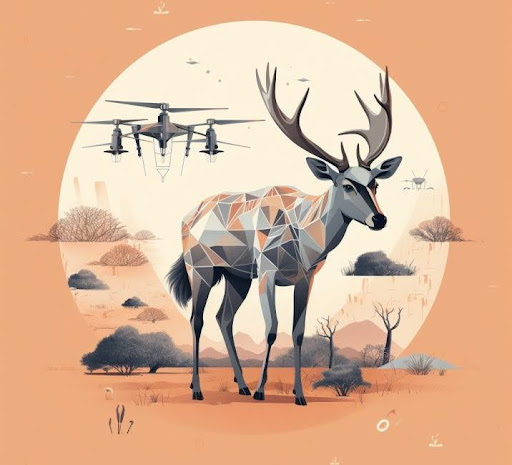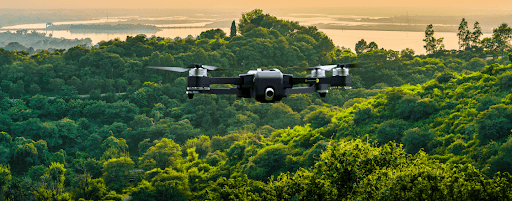The Role Of Technology In Conservation: Can Drones & AI Save The Planet?

XDynamics
Emerging technologies are revolutionizing conservation efforts across the globe, bringing new hope to the preservation of wildlife and natural habitats. Among these innovations, drones and artificial intelligence (AI) stand out as powerful tools that are transforming how we monitor and protect our planet. By autonomously surveying vast areas, tracking animal populations, and analyzing environmental data with unprecedented precision, these technologies are enhancing our ability to respond swiftly to ecological threats.
Wildlife Conservation: Aerial Surveillance and AI Precision
AI-enabled drones have revolutionized wildlife conservation by enhancing our ability to monitor and protect animal populations across expansive territories. These advanced drones autonomously capture detailed images and videos, crucial for monitoring behaviors and detecting threats such as poaching or habitat destruction. AI algorithms further analyze this data swiftly and accurately, identifying patterns that predict shifts in animal populations or ecosystem health. This predictive capability empowers conservationists to take proactive measures to safeguard endangered species and their habitats promptly.
Real-time data collected by AI-powered drones enables immediate responses to threats. For instance, drones can swiftly alert authorities upon detecting poachers in protected areas, significantly increasing the likelihood of apprehending offenders before irreparable harm occurs. Similarly, rapid identification of habitat destruction allows conservation teams to mobilize swiftly, mitigating damage effectively.

TropoGo
Vegetation Conservation: Monitoring and Reforestation
In the domain of vegetation conservation, drones and AI are playing crucial roles in monitoring and restoring forests, fundamentally changing how we approach conservation strategies. AI-powered satellite imagery analysis provides comprehensive insights into ecosystem changes by examining factors like soil composition, climate conditions, and land topography. This analytical capability facilitates more effective conservation strategies by identifying areas vulnerable to deforestation and enabling timely interventions.
Drones equipped with high-resolution cameras offer unparalleled efficiency and cost-effectiveness in monitoring large forested areas. These aerial surveys enable rapid identification of deforestation hotspots, allowing conservationists to respond promptly to prevent further environmental degradation. A particularly innovative application of drone technology is aerial seeding, where drones disperse thousands of seed pods efficiently over vast and inaccessible terrains, promoting rapid reforestation efforts and aiding in the restoration of degraded landscapes.
The Future of Conservation: Innovations Driving Sustainability
The integration of drones and AI represents a significant advancement in conservation practices, promising a more sustainable future for our planet. These technologies not only enhance wildlife monitoring and response capabilities but also revolutionize vegetation conservation through improved monitoring of deforestation and innovative reforestation methods. As these technologies continue to evolve, their potential to mitigate environmental challenges grows, offering new avenues to protect and sustain Earth’s biodiversity.
In conclusion, the synergy between innovation and conservation holds promise for creating a world where wildlife thrives, and natural landscapes flourish. By leveraging the power of drones and AI, conservationists are better equipped than ever to safeguard our planet’s ecosystems for future generations. As we continue to embrace technological advancements, there is optimism that we can address the pressing environmental issues of our time and forge a path towards a more resilient and biodiverse planet.

